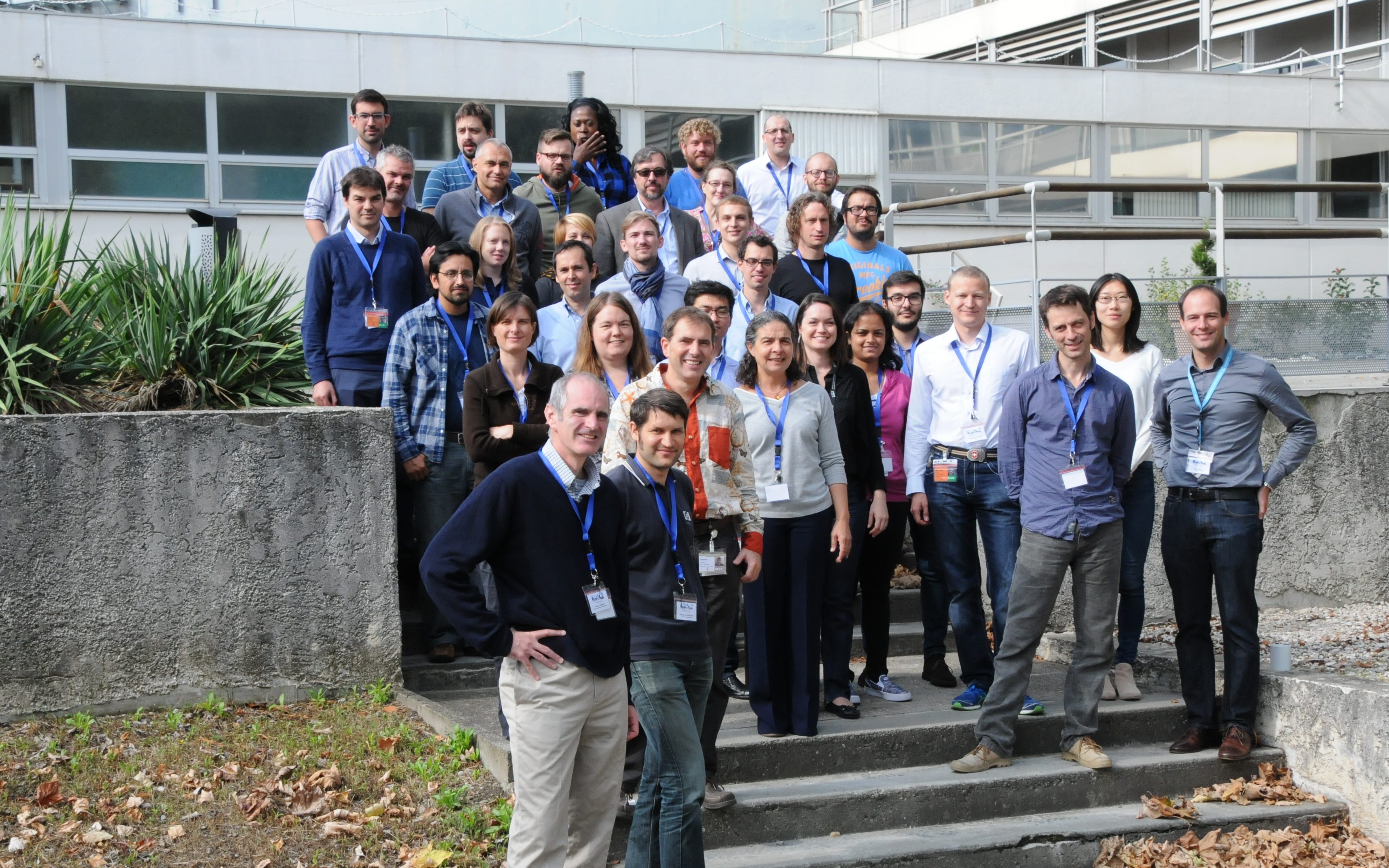by Y. Gerelli, L. Porcar, P. Lettinga and P. Gutfreund
The SoftComp topical workshop “In-situ rheology for neutron and X-ray scattering techniques” (RheoSAS), a satellite event of the ISMC2016, took place on 19-21 September 2016 at the ILL. Scientists from Europe and North-America attended the meeting which aimed to establish an exchange of ideas between scientists working on combined rheological and scattering techniques in order to trigger the creation of new methodologies and new instrumental tools necessary for the development of new materials. The workshop also highlighted the possibilities opened up by in situ rheology for scattering among the international rheology community and promoted new international collaborations.



